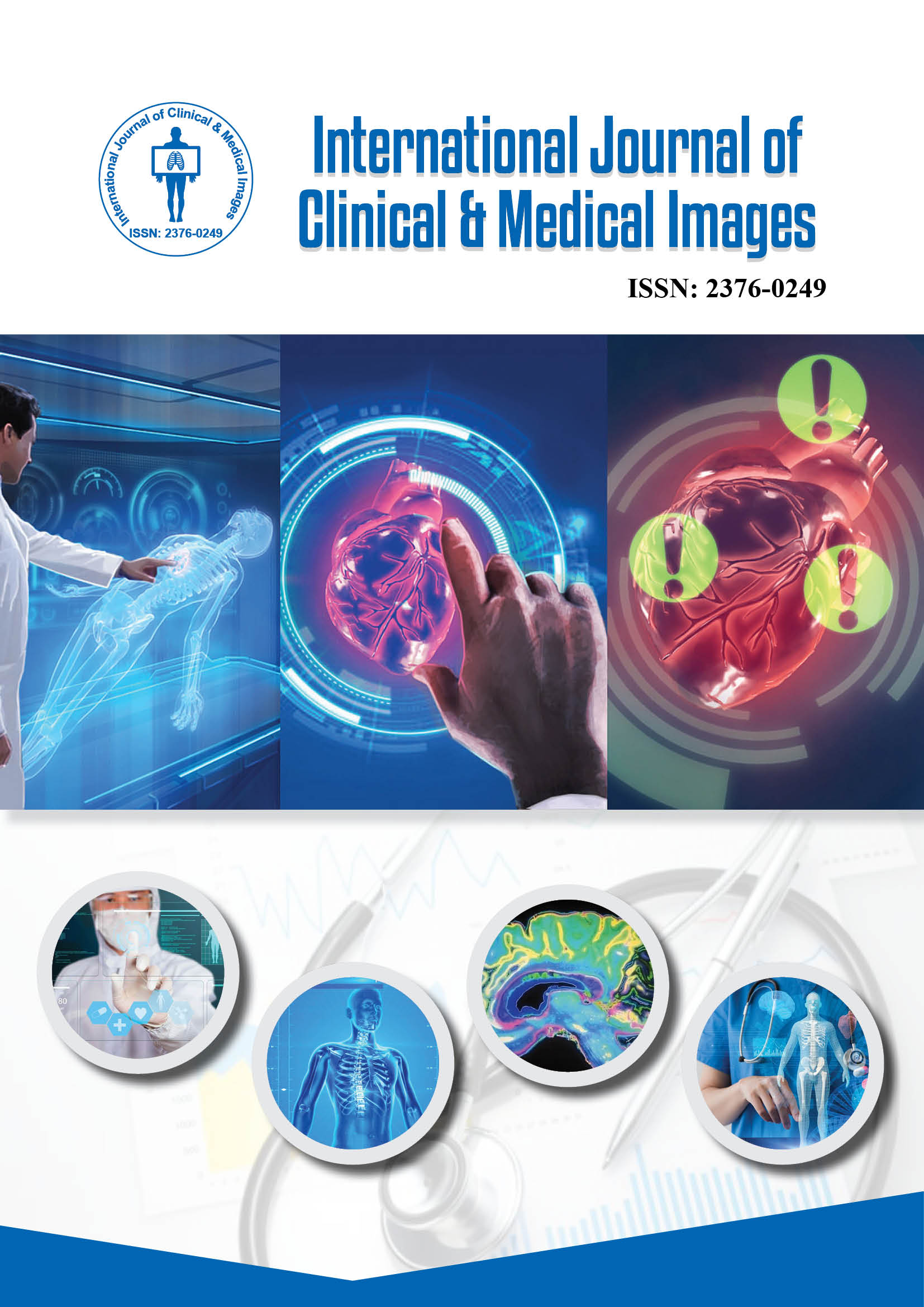2376-0249
Editorial - International Journal of Clinical & Medical Images (2025) Volume 12, Issue 4
Author(s): Paul Winston
Pediatric Infectious Disease Imaging: From Measles to Meningitis highlights the critical role of imaging in identifying and managing infections that affect children. Pediatric patients often present with overlapping or nonspecific clinical symptoms, making visual imaging an invaluable tool in confirming diagnoses and assessing the extent of disease involvement. Radiologic evaluation helps clinicians visualize complications that may not be apparent through laboratory tests alone, such as pulmonary infiltrates, abscesses, or central nervous system inflammation. Early and accurate imaging interpretation is essential to guide effective treatment and prevent long-term sequelae in young patients.
Imaging modalities such as X-ray, ultrasound, CT and MRI each play distinct roles in evaluating pediatric infections. Chest radiography remains the cornerstone for diagnosing respiratory infections like pneumonia and measles-related complications, while ultrasound is preferred for assessing soft tissue infections and abdominal abscesses due to its safety and portability. MRI and CT scans offer detailed visualization of intracranial and musculoskeletal infections, including meningitis, osteomyelitis and brain abscesses. These tools provide not only diagnostic clarity but also help monitor therapeutic response and disease progression over time [1].
The visualization of infectious diseases through imaging also contributes significantly to medical education and clinical training. By studying characteristic imaging features of infections such as tuberculosis, measles, or meningitis, healthcare professionals can develop pattern recognition skills that enhance diagnostic confidence. Visual atlases that pair clinical symptoms with imaging findings are especially valuable for pediatricians and radiologists working in resource-limited settings, where early detection can make a life-saving difference.
Emerging technologies are further improving the diagnostic precision of pediatric infectious disease imaging. Advanced MRI sequences, molecular imaging and AI-assisted image analysis allow clinicians to detect infections at earlier stages and distinguish between bacterial, viral and inflammatory processes. The integration of these innovations promises faster, safer and more accurate assessments for pediatric patients. As the field continues to evolve, visual imaging will remain indispensable in bridging clinical observation with definitive diagnosis [2].
Pediatric infections, Diagnostic imaging, Meningitis
None.
None.
Google Scholar Cross Ref Indexed at
 Awards Nomination
Awards Nomination

